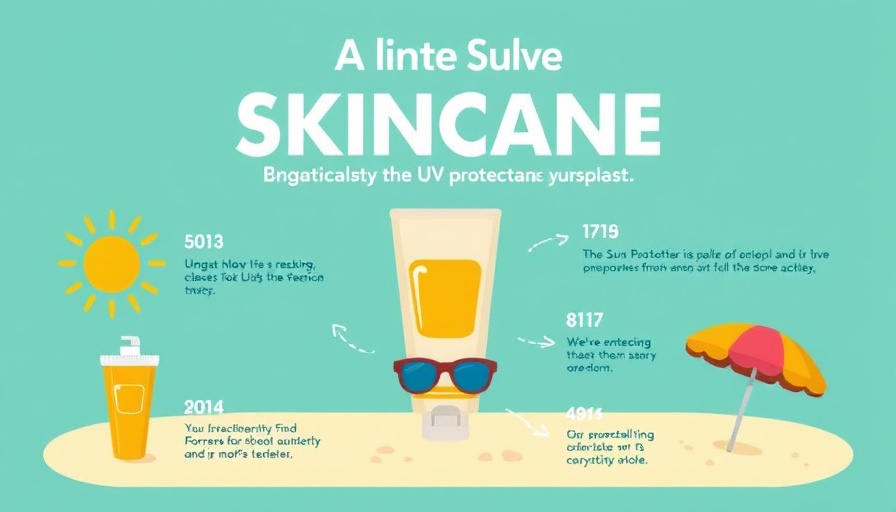
The Reality Behind Stent Procedures: Understanding Their True Benefits
In recent years, controversial studies have revealed a stark reality about stent procedures: they may not be as beneficial as many believe. The COURAGE trial in 2007 highlighted that angioplasty with stents does not significantly reduce the risk of heart attack or death. Understanding this is crucial because while symptoms might improve, there is no genuine longevity benefit. Unfortunately, only a small fraction of patients recognize this critical detail, which begs the question of how well-informed they truly are when undergoing these procedures.
Why Are Patients Still Choosing Stents?
Despite the findings from the COURAGE trial and the more recent ORBITA trial that painted an even less flattering picture of stents—showing there is no difference between the actual procedure and a placebo—the popularity of stents continues. It's a perplexing situation: how can patients choose to undergo a procedure with dubious benefits? The answer may lie in the way healthcare providers convey information about treatment options. Many doctors fail to mention that the only result of stenting may be temporary relief, without addressing the deeper issues at hand.
Unpacking the Financial Incentives
A significant part of the equation relates to the financial incentives within healthcare. The surgical procedures, especially those involving stents, yield substantial profits for hospitals and physicians. According to a survey, a staggering 70% of doctors acknowledged that financial incentives influence the decisions to provide unnecessary procedures. This reality forces patients to question whether their physicians prioritize their health or their paychecks.
Real-Life Implications of Stent Procedures
Let's bring the conversation back to the patients. What does choosing to have a stent truly mean? Besides the financial costs that soar up to $40,000 for stent placement, there's also the risk of complications such as bleeding, strokes, or heart attacks—issues that can arise during or after the procedure. As patients, understanding these risks is vital to making an informed choice. For many, opting for lifestyle changes over surgical intervention could be a safer and more impactful route.
Considering Alternatives to Surgery
When faced with heart disease or symptoms like stable angina, patients often default to surgical options like stenting. However, embracing alternative treatments, such as lifestyle changes—diet, exercise, and stress management—can often yield better long-term outcomes with fewer risks. Community sports and physical activities play a pivotal role in promoting heart health, making them practical and engaging alternatives for those seeking to avoid surgical procedures. Local events and fitness trends encourage individuals to reconnect with their physical well-being, empowering them to manage their health effectively.
The Path to Healthier Choices
The decision to opt for stents or to consider surgical intervention prompts a larger conversation about healthcare awareness and patient education. It highlights the necessity for transparent communication between patients and healthcare providers. As patients continue to seek out ways to enhance their health, knowing the facts regarding their options empowers them to make informed decisions, potentially leading them to healthier lifestyle choices.
Call to Action: Take Charge of Your Health
It's essential to educate yourself about medical procedures and advocacy, especially concerning heart disease treatments. Discuss your options openly with your doctor, focusing on lifestyle changes in conjunction with any medical advice. Engage with community resources, such as fitness classes and group sports activities, to cultivate a healthier you. Be proactive about your heart health and inspire others to do the same!
 Add Row
Add Row  Add
Add 




 Add Row
Add Row  Add
Add 

Write A Comment